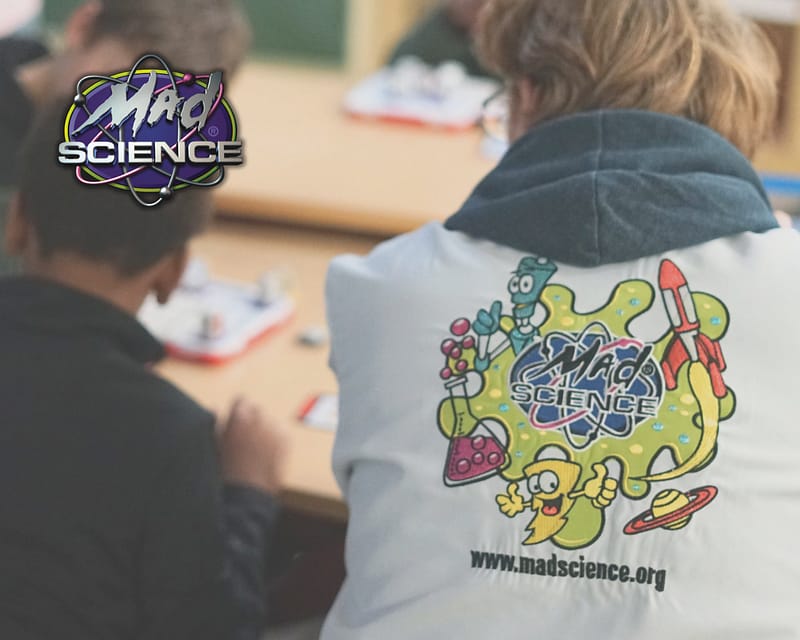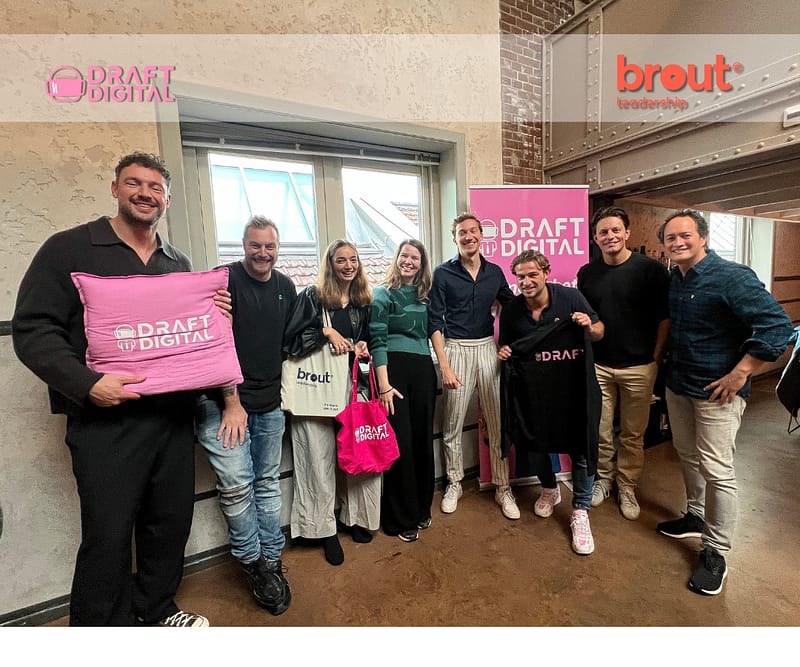Mad Science is an international educational company that makes science and technology accessible to children in an interactive and playful way. The brand offers hands-on science programs such as workshops, after-school programs, holiday camps, and birthday parties, where young participants are introduced to subjects like chemistry, physics, biology, and even programming in a fun, engaging manner. Using sometimes spectacular experiments and interactive activities, Mad Science sparks curiosity, creativity, and a love for science and technology, while also contributing to education outside the traditional classroom.
Mad Science is an international organization that offers franchise licenses in various countries. The company’s headquarters are in Canada, where, among other things, the global website is managed and maintained. In every country, the same landing page is used; however, the Dutch organization localized the global products. As a result, new pages had to be created. In the current situation, it was not possible to do this on the main domain, so the Dutch organization created additional (sub)domains. This choice led to a proliferation of different domains, which in turn created several challenges.
- Consent Management: Because multiple domains were used during the customer journey, users were shown a cookie notification multiple times. In addition, consent had to be requested separately for each domain.
- The user enters via Google on https://nederland.madscience.org/ and then proceeds to apply via https://werken.mad-science.nl/. As a result, the user sees the notification twice.
- Tracking: Because multiple third‑party sites were linked together, it became very difficult to clearly understand both what was happening on the websites and the impact of other marketing channels. As a result, Mad Science could not demonstrate that its marketing efforts were contributing to results.
- Example: Because different sites referred traffic to each other, GA4 frequently recorded these as “referral” clicks. As a result, it became difficult, if not impossible, to identify the original marketing channel from which the click originated.
To solve the consent issue, the websites would need to be merged. However, this was not a short-term project. For that reason, it was important to find an alternative solution to ensure the measurability of the websites. The current GA4 module was not sufficient to provide the necessary insights into Mad Science’s marketing efforts.
For that reason, the following aspects were considered:
Customized Analytics: While GA4 is built in a fairly uniform way, it was important for Mad Science to be able to introduce certain nuances in the data. For example, it should be possible to exclude certain referral clicks from a customer journey.
Attribution: In the tools where Mad Science advertises (Meta, Google Ads, TikTok), conversions were generally not attributed because tracking was not set up correctly due to the use of multiple domains. As a result, it was not possible to assign value to the different channels. In addition, it is important to be able to evaluate the effectiveness of the campaigns across different media channels.
From GA4, insufficient insights were provided, attribution was often limited to last-click, and it was not possible to implement custom solutions. For this reason, a tool that could provide these capabilities was explored.
The replacement and solution turned out to be Billy Grace. Billy Grace is a Dutch scale-up that describes itself as a “next-level” analytics platform. Through its own first-party pixel, its session stitching model, and the ability to customize the tool according to specific needs, it proved to be an excellent solution for Mad Science.
- The advantages of a first-party pixel
- More privacy-friendly and future-proof: First-party pixels and cookies are placed directly by the website owner, making them compliant with stricter regulations. This also makes them less vulnerable to blocking by browsers such as Safari and Firefox, which actively restrict third-party cookies.
- Better data quality: Because first-party data goes directly from the user to the website owner, it is more reliable and less prone to errors or loss during the process. This results in a more accurate representation of user behavior.
- Data ownership: The data collected through a first-party pixel or cookie belongs exclusively to the website owner, giving them control over how this information is used and stored. This helps in building a more robust customer database.
- The benefits of session stitching:
- Even though a first-party pixel helps in collecting data, it is still possible for these cookies to be deleted. For this reason, Billy Grace has also developed another model to connect different sessions. It does this by storing many signals from the user, such as screen brightness, Wi-Fi network, and other device-related information. By comparing thousands of these signals, a unique anonymous profile can be created.
Image 1: Channel Grouping – This feature makes it possible to exclude UTMs from attribution or assign UTMs to Channel Groups. This allows you to retroactively improve your analytics.
By using Billy Grace, it became possible to get a clear picture of Mad Science’s customer journey. However, Billy Grace still received a lot of referral traffic. Since this tool also offers the option to create specific exclusions, this issue could be resolved. In this case, all the different (sub)domains were excluded from each other. This made it possible to see an overview of all sites as well as where each session originated. This included the mentioned marketing channels, allowing the impact of the relevant ads to be analyzed.
By implementing the tool, Mad Science can now:
- Analyze user behavior across the different Mad Science domains, enabling them to improve conversion rates.
- Analyze the impact of marketing channels, allowing it to now deploy controlled budget for recruitment campaigns, after-school projects and in-class projects.
This way, Mad Science can continue working toward fulfilling its mission: “Inspiring children to explore the world through science and technology.” This is the first step toward better measuring the impact of online advertising efforts. The next step could be integrating offline data or developing a business case for creating one unified domain where consent management is properly implemented. By doing so, the Dutch market will set a leading example worldwide.







